Education/Research
Survey and Excavation of Buried Heritage
문화재조사연구단은 전국 각지에서 문화재에 대한 활발한 조사를 진행하고 조사보고서를 수록하여 연구자들의 연구자료로 활용할 수 있도록 노력하고 있습니다.
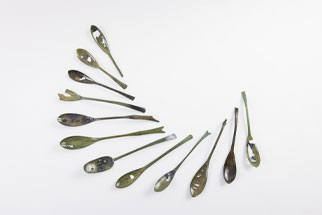
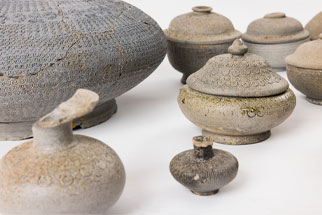
The Cultural Heritage Research Group, which is dedicated to research into cultural assets found across the country, issues archaeological survey and research reports so that the data and information known to them can be utilized by other researchers.
The Cultural Heritage Research Group conducts a field survey as well as sampling, prospecting, and excavation surveys prior to the implementation of various government-initiated construction projects including road and infrastructure construction as well as the construction of private housing and apartments, which may damage buried cultural assets. The group contributes to the preservation of cultural assets and building academic data and the documentation of data and information on ruins, while ensuring a balance between the development and preservation of cultural heritage.
A field survey involves examining the target area for an archaeological survey as it appears on the surface without changing the topography and checking and confirming whether there are any cultural assets that should be preserved in the relevant area. If there are indeed cultural assets in the area, their nature and distribution are investigated. Field surveys are generally divided into land surveys and underwater surveys.
If it is judged highly likely that there are cultural assets buried in the area based on a field survey, an excavation survey (sampling, prospecting, and excavation) is carried out.
※ Conducted by the Korea Cultural Heritage Association since 2022
This survey is to determine whether to conduct prospecting or excavation in a specific area. The types and distribution of buried cultural assets are sampled in no more than 2% of the area with buried cultural assets within the project site.
The survey is carried out according to the instructions of the relevant local government without the permission of the Cultural Heritage Administration. If there are no archaeological remains found as a result of the survey, construction can proceed, whereas if archaeological remains are found, an excavation permit is requested in accordance with Article 11 of the Enforcement Decree of the Act on the Protection and Inspection of Buried Cultural Heritage.

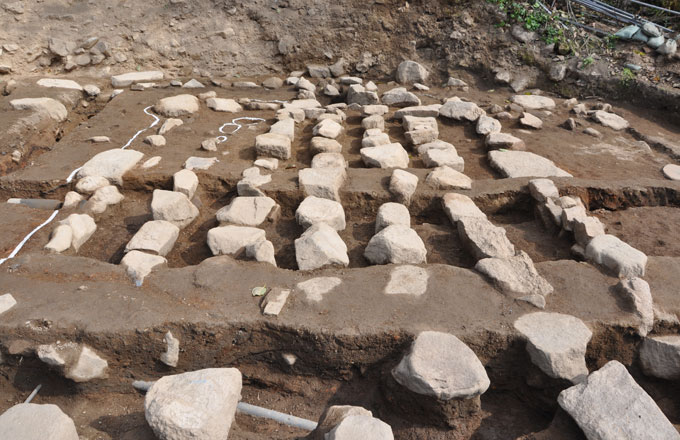
The prospecting and excavation survey involve making trenches with a width of about 1 to 2 m after creating a grid and setting the coordinates of the ruins in order to determine the distribution range and characteristics of the archaeological features based on the results of the field survey and sampling.
Based on the results of prospecting, the importance of the ruins is judged to decide whether or not to carry out an excavation survey. An excavation survey involves scientifically verifying buried cultural assets in order to obtain accurate information about the ruins in the target area. A large amount of academic data can be obtained through this type of survey, but since the very act of excavation destroys the current appearance of the ruins, it is most desirable to maintain the ruins in their original state without any excavation, if possible. Excavation surveys are divided into academic excavations aimed at obtaining academic information and salvage (rescue) excavations aimed at salvaging ruins with a risk of being destroyed.

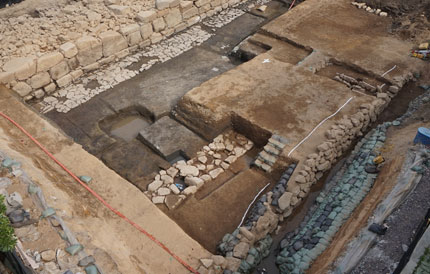

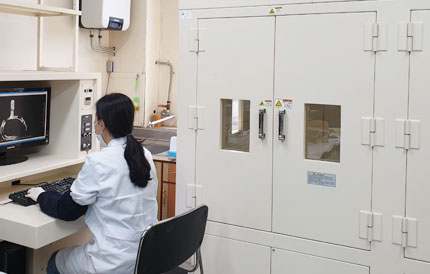
Conservation science is a field of research in which the material characteristics and production techniques of cultural heritage are investigated and researched by applying modern scientific knowledge and equipment to the research, preservation, and restoration of a cultural heritage site for the purpose of identifying its characteristics. The objective is to restore the original appearance of the site, preserve it completely intact, and pass it on to future generations.
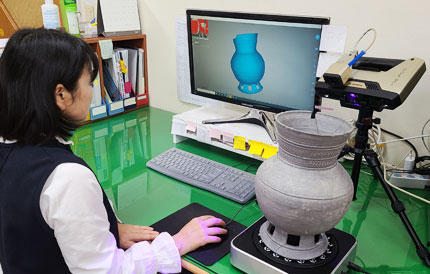
Once the excavation survey is finished, the artifacts excavated are restored, measured, photographed, etc., and the results are analyzed for the publication of an academic report to provide basic archaeological data. The report contains all kinds of information from the excavation process, such as the natural environment and location of the site, the historical background, and the excavation status of the remains and artifacts.







